Karl Schneider
Fort Myers News-Press
ESTERO, Fla. — The day they met, Richard Wilbanks and Gunner were inseparable.
Gunner, a Cavalier King Charles spaniel, snuggled up right next to Richard that first meeting at the breeder’s place in Miami, and that was all the two needed.
Richard took Gunner home to his wife, Louise, in Estero and the now-famous duo are always side by side whether it’s on the couch or out on the lanai that overlooks a wild nature preserve.
The companionship was put to the ultimate test one Sunday morning in late October as Richard and Gunner went out for a walk by the pond just next to the Wilbanks’ home.
The pair were walking along the shoreline where, unseen to either Richard or Gunner, an alligator was on alert.
In an instant, the almost 4-foot gator lunged from the water and grabbed Gunner. Without any hesitation, Richard lept into the water after the puppy and the gator that had it in its jaws.

The rescue:Florida man saves his dog from the jaws of an alligator; wildlife cam films the dramatic rescue
“It was like a missile,” Richard said recalling the incident. “We were only about 3 feet away from it, but it struck like a snake. It had Gunner in a vise grip and I just rushed in.”
Richard and Louise moved to Estero four years ago.
The couple came by way of central Texas hill country, Louise said. Richard’s son Grant is a landscape architect living in Bonita Springs, so the Wilbanks were familiar with the area and wanted to be close to family.
The pair came to see the house in Estero, but it was under a contract, Richard said. The two went back to Texas and were on their honeymoon when the Realtor called to let them know the house was back on the market. They didn’t hesitate.
“We fell in love with it,” Richard said
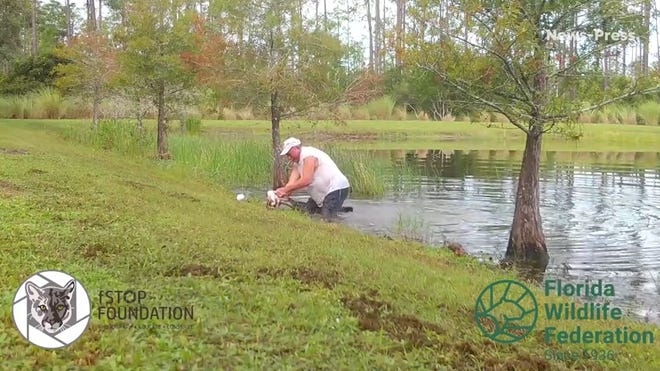
Gunner's recovery
Immediately following the attack, Gunner was in shock. Once Richard was able to pry Gunner free, the gator clamped down on his hands and he then had to free himself. The pair traipsed back to the house, both dripping blood.
After a quick home fix on Richard’s hands, Gunner went to the animal hospital where doctors found a puncture wound. The Wilbanks were worried about any internal injuries, but X-rays showed only some water in the lungs. The puppy stayed at the hospital for a few days to recover.
Gunner is just right as rain now, greeting visitors at the door with an energy only puppies can muster, and he has a new leash for his walks.
“A new leash on life,” Richard said.
Gunner and Richard’s harrowing attempt was captured on video because the Florida Wildlife Federation and the fstop Foundation put up cameras to track wildlife in the area.
“I’m pleased with the job they do,” Richard said of FWF. “And this lets people know we can live with wildlife.”
Meredith Budd, the FWF representative in Southwest Florida, said the Wilbanks’ street was very receptive to the cameras.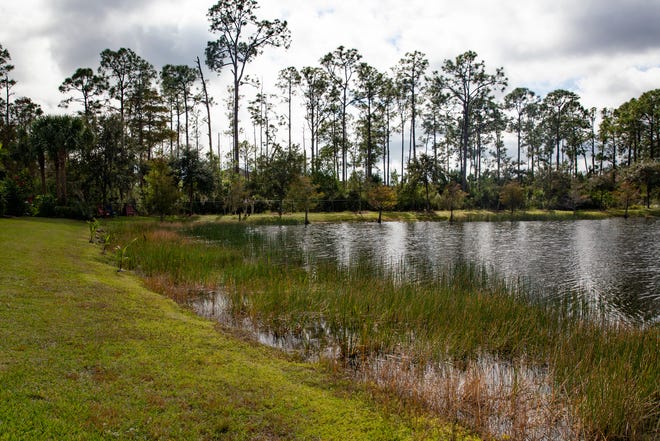

Even so, the cameras show the dynamic between people enjoying nature in their backyards and wildlife doing the same.
“It’s interesting seeing the timestamps to see when people are out there, and we are sharing that landscape — just usually not at the same time,” Budd said.
In Southwest Florida, there are wild animals sharing the same spaces humans use, and Budd said it’s important to know what precautions are needed to mitigate risk or conflict.
Richard said for him and Gunner, this was a happy ending story.
His advice: Make sure to leash your dog and keep them 10 feet away from the water.
Gunner, a Cavalier King Charles spaniel, snuggled up right next to Richard that first meeting at the breeder’s place in Miami, and that was all the two needed.
Richard took Gunner home to his wife, Louise, in Estero and the now-famous duo are always side by side whether it’s on the couch or out on the lanai that overlooks a wild nature preserve.
The companionship was put to the ultimate test one Sunday morning in late October as Richard and Gunner went out for a walk by the pond just next to the Wilbanks’ home.
The pair were walking along the shoreline where, unseen to either Richard or Gunner, an alligator was on alert.
In an instant, the almost 4-foot gator lunged from the water and grabbed Gunner. Without any hesitation, Richard lept into the water after the puppy and the gator that had it in its jaws.
The rescue:Florida man saves his dog from the jaws of an alligator; wildlife cam films the dramatic rescue
“It was like a missile,” Richard said recalling the incident. “We were only about 3 feet away from it, but it struck like a snake. It had Gunner in a vise grip and I just rushed in.”
Richard and Louise moved to Estero four years ago.
The couple came by way of central Texas hill country, Louise said. Richard’s son Grant is a landscape architect living in Bonita Springs, so the Wilbanks were familiar with the area and wanted to be close to family.
The pair came to see the house in Estero, but it was under a contract, Richard said. The two went back to Texas and were on their honeymoon when the Realtor called to let them know the house was back on the market. They didn’t hesitate.
“We fell in love with it,” Richard said
.
Tucked at the dead-end of their neighborhood, the Wilbanks’ home speaks to their love of nature.
Paintings of seahorses and roseate spoonbills hang in the family room where one of Gunner’s beds lays out in front of the TV. A cross-stitched heron and a large painting of two great egrets watch over the dining table.
Louise said Richard spent four years growing plants in the backyard so the view into the nature preserve was uninterrupted.
Richard said he’s seen deer, turkey, bobcats and even a panther near their home.
“It’s wonderful to be able to share our lives with the wildlife,” he said.
And that positivity even goes for the alligator who grabbed Gunner, too.
“He’s still swimming out there,” Richard said.
Tucked at the dead-end of their neighborhood, the Wilbanks’ home speaks to their love of nature.
Paintings of seahorses and roseate spoonbills hang in the family room where one of Gunner’s beds lays out in front of the TV. A cross-stitched heron and a large painting of two great egrets watch over the dining table.
Louise said Richard spent four years growing plants in the backyard so the view into the nature preserve was uninterrupted.
Richard said he’s seen deer, turkey, bobcats and even a panther near their home.
“It’s wonderful to be able to share our lives with the wildlife,” he said.
And that positivity even goes for the alligator who grabbed Gunner, too.
“He’s still swimming out there,” Richard said.

Gunner's recovery
Immediately following the attack, Gunner was in shock. Once Richard was able to pry Gunner free, the gator clamped down on his hands and he then had to free himself. The pair traipsed back to the house, both dripping blood.
After a quick home fix on Richard’s hands, Gunner went to the animal hospital where doctors found a puncture wound. The Wilbanks were worried about any internal injuries, but X-rays showed only some water in the lungs. The puppy stayed at the hospital for a few days to recover.
Gunner is just right as rain now, greeting visitors at the door with an energy only puppies can muster, and he has a new leash for his walks.
“A new leash on life,” Richard said.
Gunner and Richard’s harrowing attempt was captured on video because the Florida Wildlife Federation and the fstop Foundation put up cameras to track wildlife in the area.
“I’m pleased with the job they do,” Richard said of FWF. “And this lets people know we can live with wildlife.”
Meredith Budd, the FWF representative in Southwest Florida, said the Wilbanks’ street was very receptive to the cameras.
Overall, 17 cameras across 15 properties are placed in backyards in Estero in what the two organizations call Sharing the Landscape.
“Humans and wildlife, we both inherently share the same landscape and homeowners who live in and around nature should understand the value of wildlife around them,” Budd said. “While this video was shocking and I’m glad everyone was OK, I’m glad it’s a learning opportunity for the importance of respecting wildlife and taking precautions to make sure this doesn’t happen to anyone else.”
The federation checks the cameras, periodically, Budd said, and this was the first time an incident like this showed up.
The cameras only hold a certain number of photos and videos before the memory cards fill up, and they run on batteries, so it’s a bit labor intensive to keep up with them all.
“Humans and wildlife, we both inherently share the same landscape and homeowners who live in and around nature should understand the value of wildlife around them,” Budd said. “While this video was shocking and I’m glad everyone was OK, I’m glad it’s a learning opportunity for the importance of respecting wildlife and taking precautions to make sure this doesn’t happen to anyone else.”
The federation checks the cameras, periodically, Budd said, and this was the first time an incident like this showed up.
The cameras only hold a certain number of photos and videos before the memory cards fill up, and they run on batteries, so it’s a bit labor intensive to keep up with them all.
Budd said she’d love to get solar power and cloud storage for the cameras, but the funding isn’t there.
Even so, the cameras show the dynamic between people enjoying nature in their backyards and wildlife doing the same.
“It’s interesting seeing the timestamps to see when people are out there, and we are sharing that landscape — just usually not at the same time,” Budd said.
In Southwest Florida, there are wild animals sharing the same spaces humans use, and Budd said it’s important to know what precautions are needed to mitigate risk or conflict.
Richard said for him and Gunner, this was a happy ending story.
His advice: Make sure to leash your dog and keep them 10 feet away from the water.
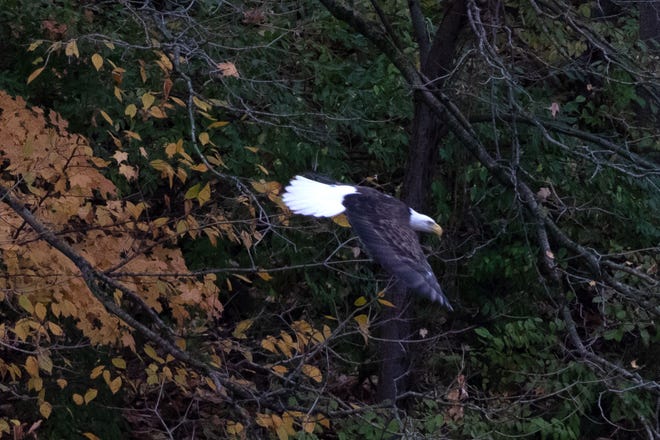

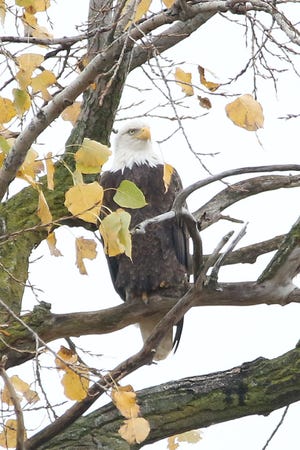
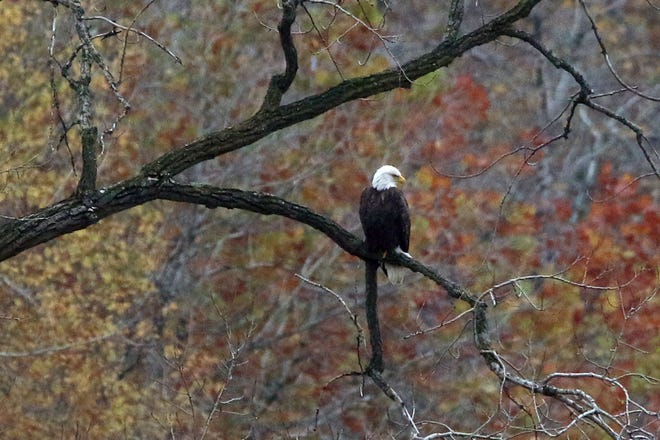



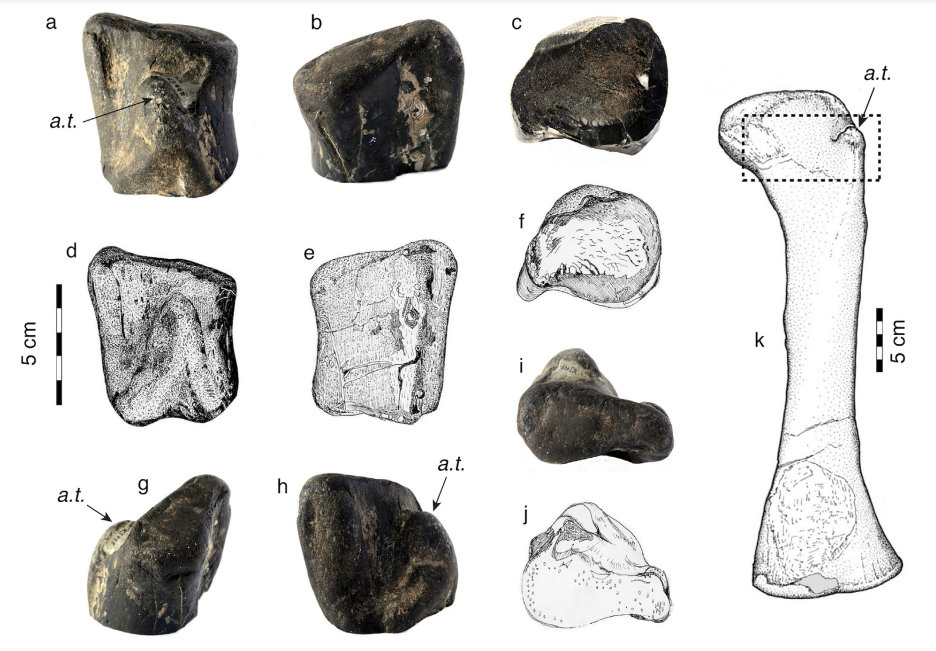
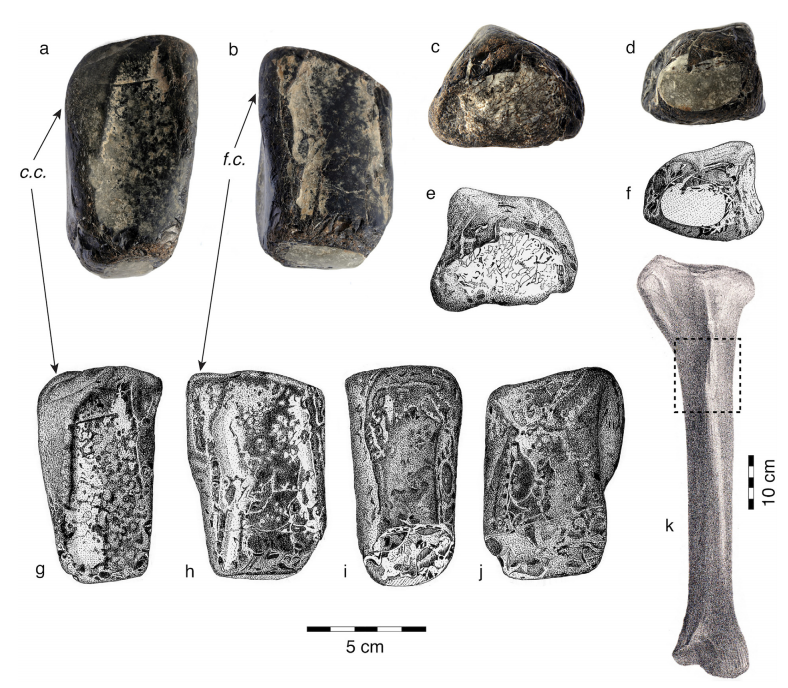 .
.












